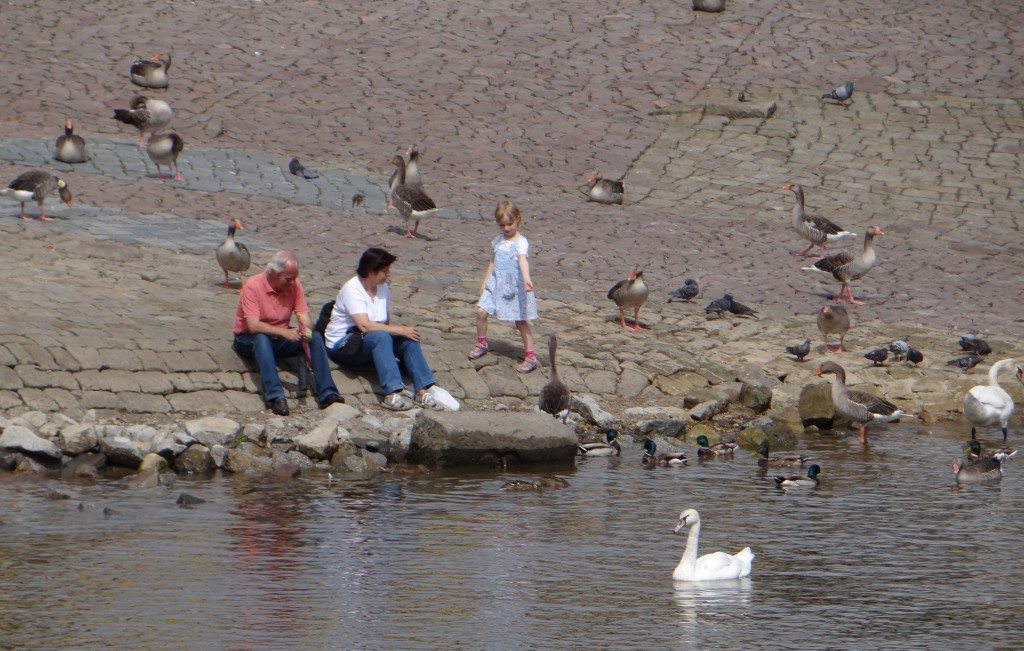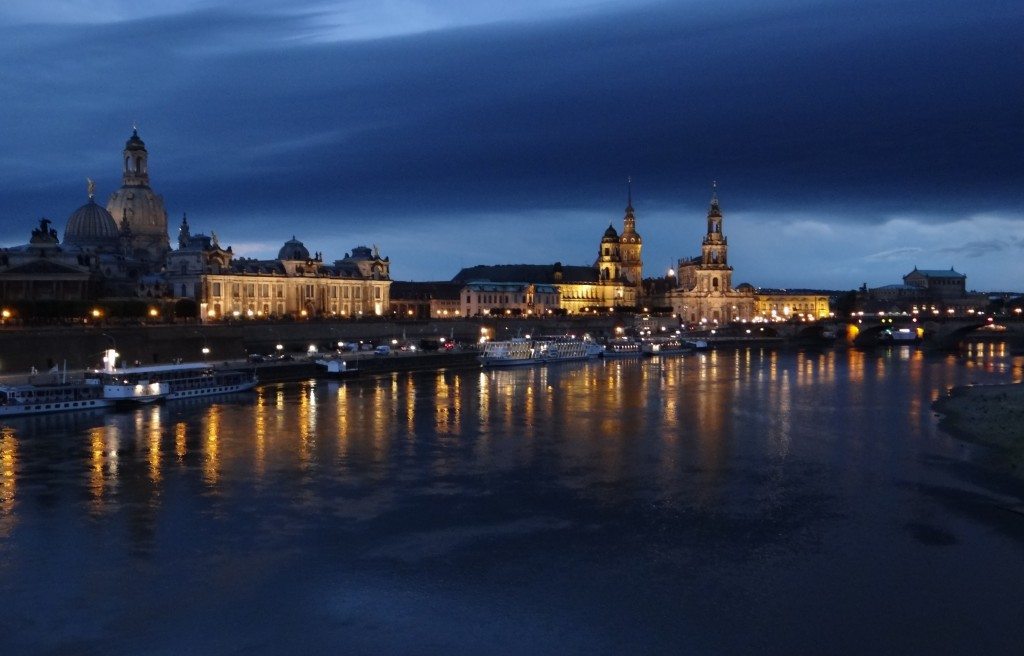We all have cities where we find ourselves day dreaming more than usual and while I rarely need any motivation in that department, I’ve found my mind carelessly wandering more than usual as I explore the hidden gems of Dresden. The small but musical German city doesn’t get the same tourist traffic as Berlin or Munich, but there are certain things in Dresden you simply cannot find anywhere else.

Today, I took about a two hour boat ride to Pillnitz Castle and Park where the Saxon royal court spent their summers. During the journey, my focus was constantly being drawn to scenes of local life surrounding the river. It was so refreshing to see that Dresden is not only a tourist destination for foreign travelers but also a weekend getaway for families living in the nearby area. Many people visiting the castle grounds today were Germans from other parts of the country.

Located in the German state of Saxony and officially part of Dresden’s city limits, the Pillnitz Castle showcases Baroque architecture and a mostly English-style garden. Before visiting the Arts and Crafts Museum and the Palace Museum, which are now located within the “Water Palace” and the “Mountain Palace”, I took my time walking through the gardens and was instantly drawn to a picturesque lily pond behind the main grounds.

Feeling like I was in some sort of fairy tale, I continued walking to the central garden where the different palaces and buildings meet. Serving as a major highlight is the famous Pillnitz Camellia (Kamelie) plant. Standing tall, the Japanese tree is expected to be roughly 260 years old and houses 35,000 flowers. Unlike many other flowers, this particular tree blooms in the winter so there is actually a removable clear greenhouse, constructed in 1892, that covers the Camellia during the harsh winter months.

Upon returning from my day along the Elbe River, I took some photographs of the Old City by night. Any avant-garde traveler is bound to appreciate the Renaissance and Baroque style of the buildings and churches in Dresden. Despite undergoing major destruction during World War II, the Old City monuments have been renovated to resemble their original appearance. Restaurants, cafes and boutiques are cleverly situated around the Dresden Frauenkirche Church, the most recognized symbol of the city.


Megan Eileen McDonough is writer, blogger and social media specialist based in New York City. She also runs Bohemian Trails, a lifestyle blog designed for the savvy and stylish traveler. Bohemian Trails aims to feature must-see places around the world, covering everything from revamped neighborhoods and vibrant street art to innovative tech hubs and everything in between. Her cultural escapades have taken her to Latin America, Asia, Europe, and the Middle East.
Megan is also a freelance writer and social media specialist based in New York City. She contributes to various online and print publications in the travel and fashion industries and is an international correspondent for both Jetsetter and Northstar Travel Media.








